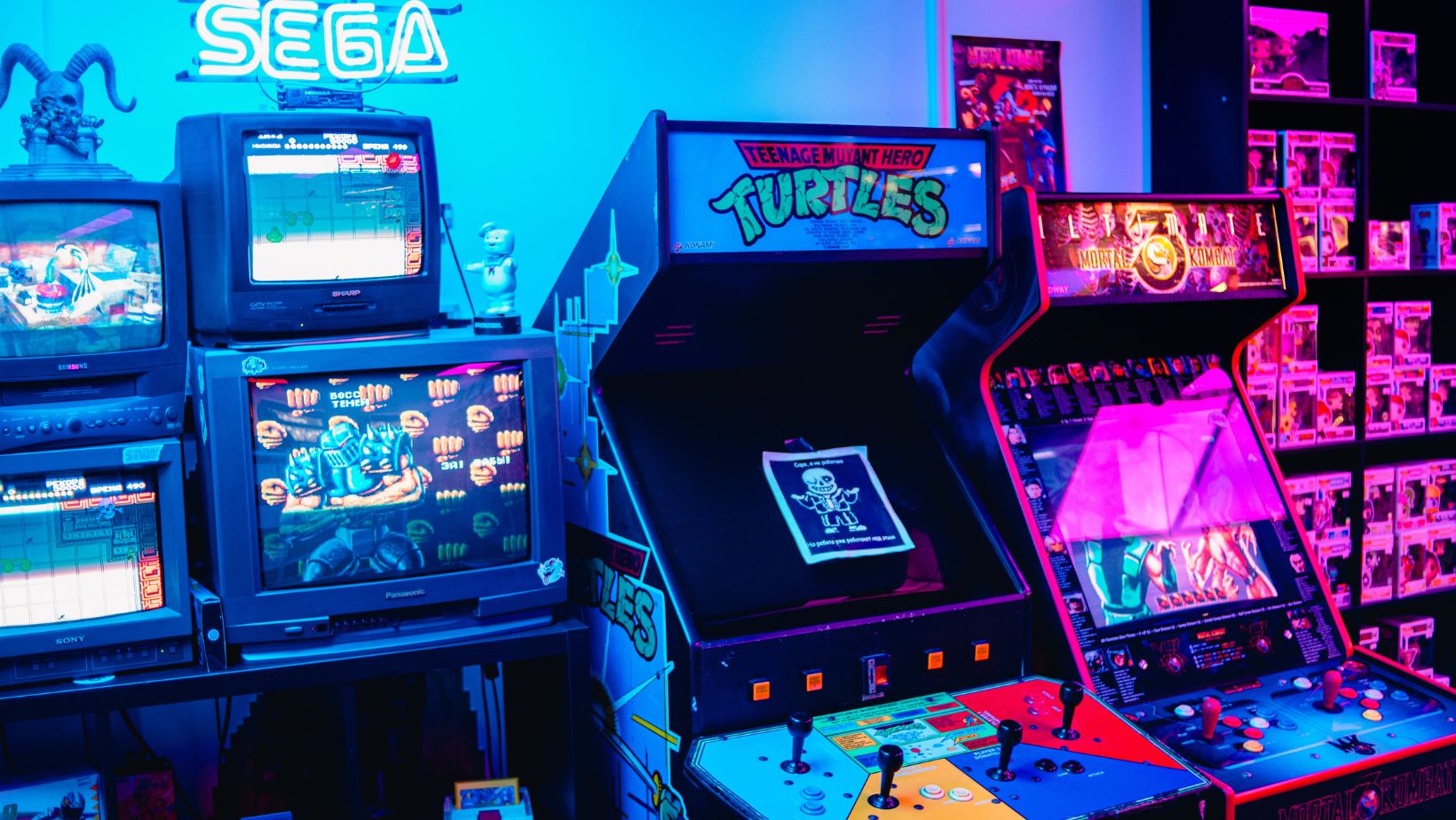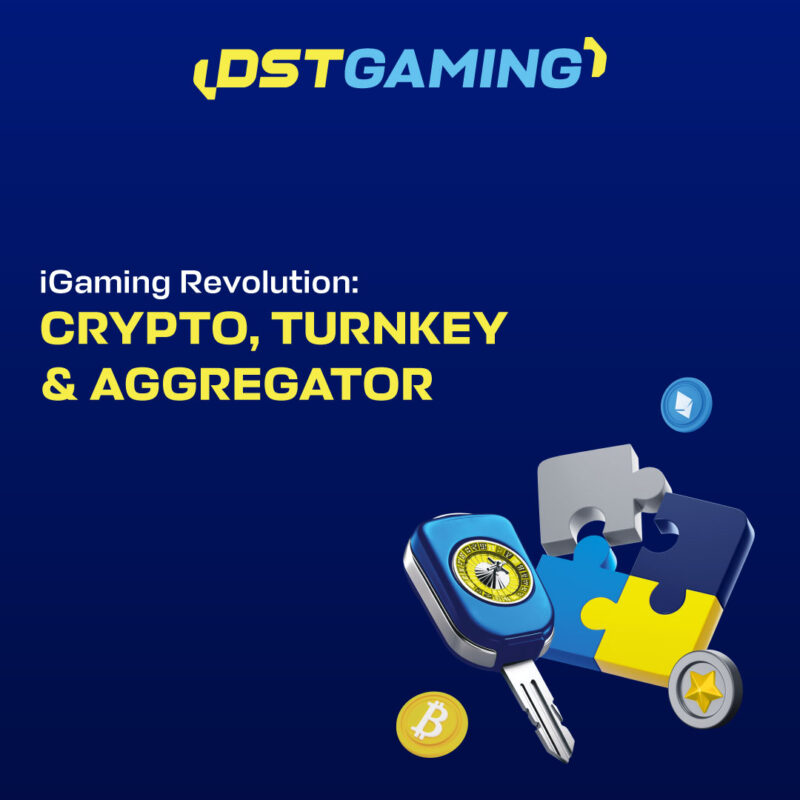
If you’ve been gaming for any amount of time, you’ve probably noticed how much things have changed; we’re talking about how video games went from simple pixelated screens to immersive experiences you can play anywhere, anytime, on any device. It’s been quite a ride, starting back in 1971 with the first-ever arcade machine and speeding up all the way into today’s cloud gaming revolution.
The Birth of Arcade Gaming
It was in 1971, that the very first arcade machine, Computer Space, made its way to public arcades. This was the moment that set everything in motion—created by Nolan Bushnell and Ted Dabney, who’d go on to found Atari, it was a space-themed shooting game that felt like the future of entertainment. And while it was pretty primitive by today’s standards, it caught the attention of a lot of people, and paved the way for the arcade craze that exploded in the 1980s. By the time Pac-Man (1980) and Donkey Kong (1981) hit the scene, arcade gaming had cemented its place in pop culture. These games became social experiences. People crowded around the machines, competing for high scores, chatting about strategies, and creating memories that would last for decades. Arcades were the place to be for anyone who wanted to feel like a part of something bigger, a feeling that defined an entire generation of gamers.
The Golden Age of 3D and Fighting Games
If the 80s were the boom of arcades, the 90s was when things got serious. Games started getting a whole lot more complicated, mostly thanks to a massive jump in graphics, especially with the introduction of 3D technology. Games like Virtua Fighter (1993) were revolutionary, and brought more depth to the fighting game genre with 3D movement and dynamic gameplay. And who could forget Mortal Kombat (1992)? It became an instant classic with its combo system and insane fatalities, pushing the boundaries of what could be done in arcades. But here’s where things started to change: as consoles like the Sony PlayStation came onto the scene, players began shifting from arcades to their living rooms.

Now, they could play at home, and with games becoming more immersive, who needed to spend coins on arcade machines when you could have an almost identical experience from the comfort of your couch?
The Rise of Online Gaming & Consoles
Fast forward to the late 90s, and the gaming world was in full transition mode. The PlayStation and Xbox had shown us how games could come home, and by this point, the internet was becoming a mainstream part of our lives. Gaming, however, had only just begun to tap into the potential of online play. Games like Halo and Counter-Strike (1999) gave birth to the concept of competitive online gaming, where people could team up or go head-to-head in real-time, no matter where they were. You could play with friends from across the world, battling it out on your favorite first-person shooter. And that was a huge deal. Arcades were starting to feel the squeeze from home consoles and online gaming, and though arcades still existed, their relevance was quickly slipping in the face of these new gaming experiences. But it wasn’t the end—just a pivot.
The 2000s and Beyond
As 2000 rolled around, something truly groundbreaking took place; cloud gaming—a term that sounds like science fiction but is now part of our daily gaming reality. Suddenly, the idea of streaming games from a server rather than running them from your console or PC became a reality. Services like OnLive (2010) and Gaikai (which later became PlayStation Now) paved the way, but cloud gaming didn’t hit full stride until the late 2010s.

The ability to stream games instantly from the cloud, without the need for powerful hardware, made it easier for people everywhere to get in on the action. In the early 2020s, cloud gaming services like Amazon Luna and Xbox Cloud Gaming became increasingly popular as internet speeds got faster, which made seamless gaming experiences possible from almost any device. Now, you can play your favorite games on your phone, tablet, or even smart TV—without ever having to worry about downloading huge files or having a top-of-the-line console.
The Rise of Content Creators
So where are we now? We’re not just talking about playing games anymore—we’re talking about living them. As the gaming community has continued to grow, so has the rise of gaming content creators. People are now streaming their experiences on platforms like Twitch and YouTube, which helps them build massive followings and sometimes even make careers out of it. These gamers, often seen as celebrities, have become the go-to sources for advice, entertainment, and insight into the latest gaming trends. Their influence is huge, and they’ve turned gaming into a lifestyle for millions, who are always eager to hear the experiences of a content creator. It’s amazing to think that the same arcade culture that started in 1971, with people gathering around machines to compete, has now evolved into a global digital community that interacts, competes, and supports each other online.
We’ve gone from standing around in a dark, noisy room full of coin-operated machines to playing any game, on any device, with anyone, anywhere in the world. The gaming community is stronger than ever, with new ways to connect and share experiences popping up daily, and with cloud gaming becoming the norm, and content creators taking center stage, there’s no telling where gaming will go next.











